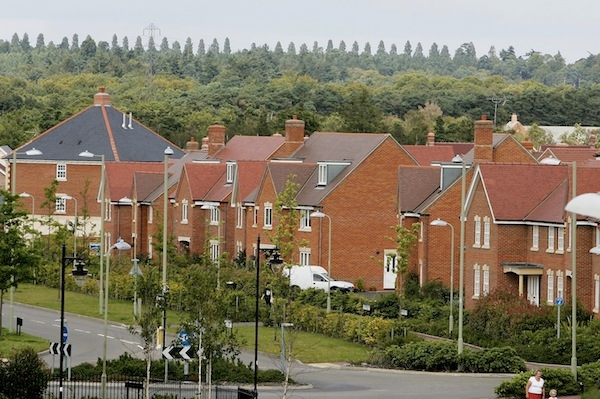Stepping onto the property ladder has become an enormous stretch for first-time buyers. But for those with no access to the generous bank of mum and dad, could shared ownership help?
Initially conceived in the 1980s with the aim of helping key workers to access the housing market, the niche housing scheme has the potential to become mainstream as a result of significant new investment.
As part of its drive to reverse the decline in home-ownership, the Government has allocated an unprecedented £4.1 billion to enable the construction of 135,000 new homes for shared ownership.
The rules have also changed to allow broader eligibility criteria for buyers and a wider range of providers to offer the homes, previously only managed by housing associations.
Shared ownership is a part-rent, part-buy option designed to help those struggling to save up for a deposit. It is available to households earning up to £90,000 in London and £80,000 in the rest of the country.
Under the rules governing shared ownership, you buy a share of the home with a mortgage at a level you can afford, which may range from 25 per cent to 75 per cent of the full value of the property. Some development schemes may require a higher minimum share of say 35 per cent. You also pay a reduced rent to the provider on the remaining part of the home you do not purchase.
This is how the sums stack up:
If you buy a £250,000 flat on a 50 per cent shared ownership agreement, you will need to raise a mortgage on £125,000 minus a 5 per cent deposit of £6,250.
However, while your deposit requirements are lower than they would be for an open market sale, you would still need a decent income to cover both the cost of servicing the mortgage and paying the rent element on top of that. Therefore assuming standard borrowing rules, the buyer would need an income of about £47,000 a year.
You can buy extra shares of the property if and when you can afford to in a process known as ‘staircasing’. The more shares you own, the less rent you pay, until you own the home outright.
In reality, not everybody is able to get there. Our analysis at Savills shows that only about 3 per cent of all shared ownership buyers were able to ‘staircase out’ in the year to March 2015. However, you don’t need to reach that point to sell. You can sell your home at any time, usually via the housing provider.
The number of shared ownership homes available has grown slowly over the last three decades. There are currently 175,000 households living in shared ownership in England – less than one per cent of all housing.
In order to hit the target of building 135,000 new shared ownership homes by 2020, developers need to deliver 34,000 new homes for shared ownership a year. This is over four times the current rate of delivery for shared ownership.
That’s a huge increase but at Savills we believe there is potential demand for even more particularly in parts of the country where fast house price increases have left home-ownership even further out of reach. In current market conditions, we calculate there is appetite for at least 60,000 additional shared ownership homes a year.
The fall in property transactions since the credit crunch has left a big gap in the housing market. Shared ownership could help those who can’t afford a large deposit. But you will still need to raise a mortgage. That means being credit worthy and having a regular income – a far more stringent criteria than that imposed by the bank of mum and dad.
Susan Emmett is Director of Residential Research at Savills






Comments